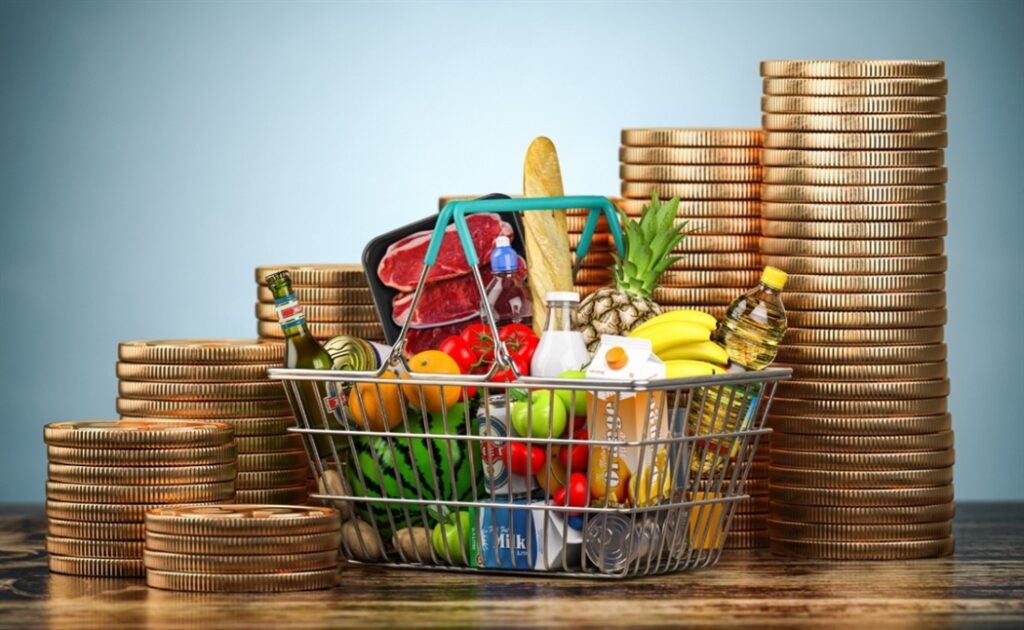Expensive prices are here to stay and we realize it every day. Since the prices of most goods have gone up in the last 2-3 years, now, despite a reduction in the rate of inflation to 1.6% in March, prices are in the red. Of course, there are a few cases of products that are showing a slight decrease due to the implementation of zero VAT or other reasons.
Visiting the supermarkets every week is generally accompanied by a negative surprise, as each time consumers pay more and buy less. Many consumers have changed their habits, limiting their purchases or choosing cheaper or lower-quality products.
Long shopping lists are now a thing of the past, as for many people the household basket contains the essentials. The slow deceleration in food inflation has led many consumers to follow consumption habits that have been practiced for years by consumers abroad. The purchase of fruit and vegetables by the pound has been limited. Everyone now buys 4-5 tomatoes and cucumbers and 2-3 apples or pears so that they are consumed without spoiling and ending up in the wastebasket.
According to the Consumer Price Observatory of the Consumer Protection Service of the Ministry of Energy, the price indices for February, in a total of 45 categories of basic consumer products, recorded an increase in 24 categories, of which 12 increased by less than 1%.
Specifically, in addition to the 33% increase recorded for fresh vegetables and greens, which was followed by decreases in certain products in March, as recorded by the comparative price watchdog, fresh fish and shellfish also showed a significant increase of 5.5%, vegetable cooking fat 5.4%, oil 2.9% and baby food 2%.
This was followed at much lower rates by increases in bulgur by 1.9%, flour, and soft drinks by 1.8% respectively, 1.6% in evaporated and sweetened milk, and 1.2% in fabric softeners.
The other 21 categories of the Observatory recorded a decrease, with the main ones being frozen pasta by 4.3%, frozen mollusks/shellfish by 4.3%, sugar by 3.8%, sausages by 3.1%, frozen fish by 3.2% and frozen meat, breaded and precooked by 2.6%. This was followed by sanitary towels and toilet paper by 1.6%.
Phileleftheros tried to identify in practice what these price fluctuations mean for households. It conducted a survey for 35 products on the shelves of supermarkets.
We selected these 35 products for purchase, for which we paid a total of €230.24. Last year, the same 35 products, in the same quantities and under the same brand name, cost €167.99, according to the Consumer Protection Agency’s Consumer Staples Price Observatory. In other words, there is a difference of €62.25.
If one considers that these purchases constitute a household’s weekly purchases in the four weeks of the month, the cost increase rises by €249 per month. In the 12 months, the cost is increased by €2,988. This is a large amount, which is particularly felt in the pockets of consumers from low and middle-income groups.






